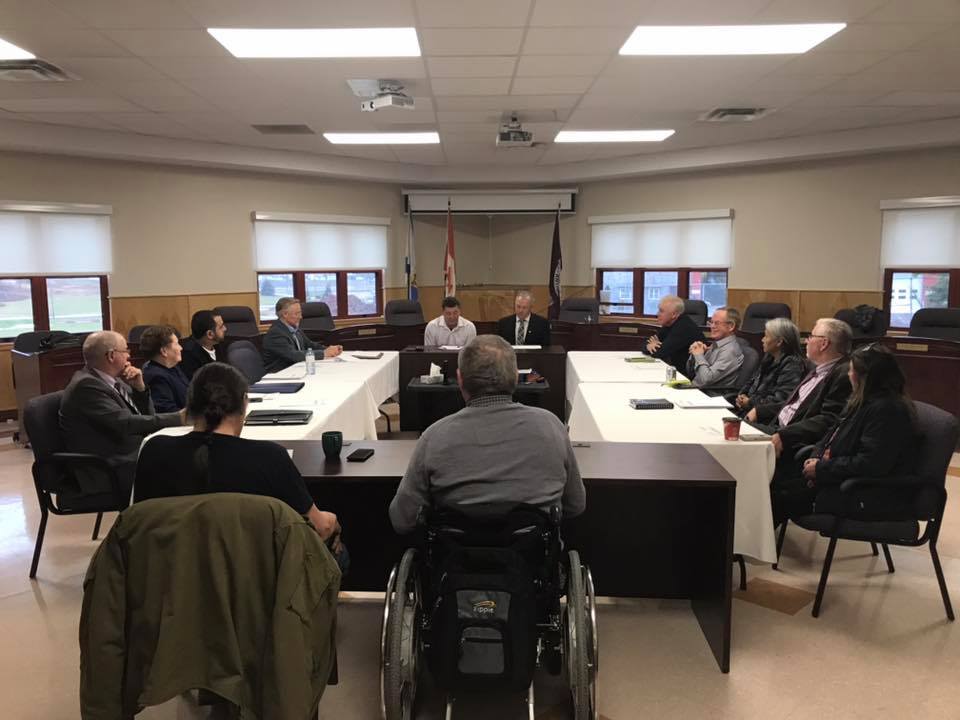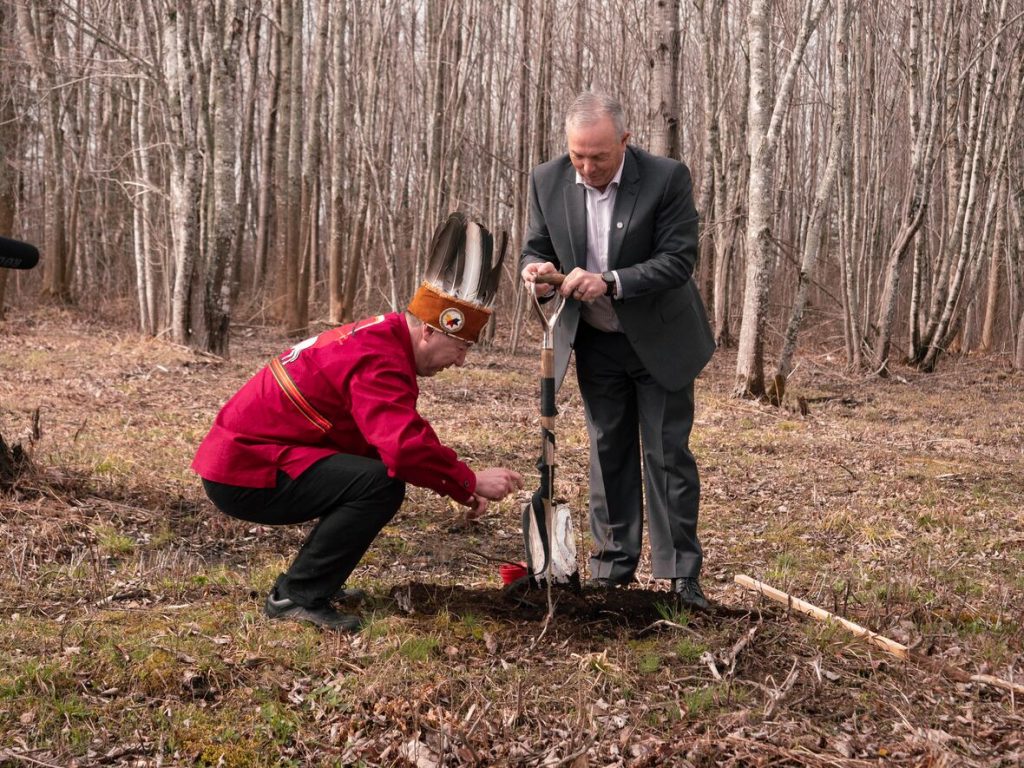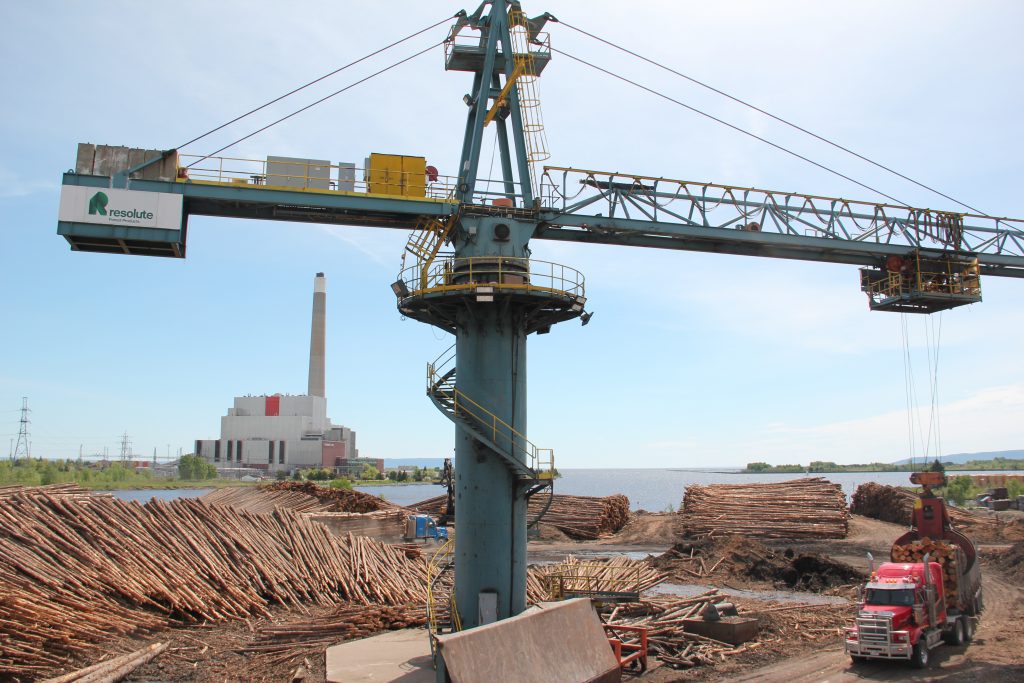by Rutger Bregman, Ideas.Ted.com: https://ideas.ted.com/how-working-less-could-solve-all-our-problems-really/

Image: Stocksy
Shorter workweeks could help reduce accidents, combat climate change, make the genders more equal, and more, contends historian and author Rutger Bregman.

Had you asked the greatest economist of the 20th century what the biggest challenge of the 21st would be, he wouldn’t have had to think twice.
Leisure.
In the summer of 1930, just as the Great Depression was gathering momentum, British economist John Maynard Keynes gave a curious lecture in Madrid titled “Economic Possibilities for Our Grandchildren” — in other words, for us. At the time, Madrid was a mess. Unemployment was spiraling out of control, fascism was gaining ground, and the Soviet Union was actively recruiting supporters.
Speaking in a city on the precipice of disaster, the British economist hazarded a counterintuitive prediction. A hundred years from then, he said, humankind would be confronted with the greatest challenge it had ever faced: what to do with a sea of spare time. And he anticipated that within a century the Western standard of living would have multiplied to at least four times that of 1930.
His conclusion: In 2030, we’ll be working just fifteen hours a week. We are long past due for the fulfillment of this prophecy. Around the year 2000, countries such as France, the Netherlands and the US were already five times as wealthy as in 1930. Yet nowadays our biggest challenges are not leisure and boredom, but stress and uncertainty. Why are we working so much?
In notable experiments by Henry Ford and W.K. Kellogg, it’s been found that productivity and long work hours do not go hand in hand. In the 1980s, Apple employees sported T-shirts that read, “Working 90 hours a week and loving it!” Later, productivity experts calculated that if they had worked half the hours, the world might have enjoyed the groundbreaking Macintosh computer a year earlier.
Consuming less starts with working less — or, better yet, with consuming our prosperity in the form of leisure.
There are strong indications that in a modern knowledge economy, even working 40 hours a week is too much. Research suggests that someone who is constantly drawing on their creative abilities can, on average, be productive for no more than six hours a day. It’s no coincidence that the world’s wealthy countries, those with a large creative class and highly educated populations, have also shaved the most time off their workweeks. And working less could actually solve many of the world’s greatest problems.
Working less could reduce stress — countless studies have shown that people who work less are more satisfied with their lives. In a recent poll conducted among working women, German researchers even quantified the “perfect day.” The largest share of minutes (106) would go toward “intimate relationships.” “Socializing” (82), “relaxing” (78) and “eating” (75) also scored high. At the bottom of the list were “parenting” (46), “work” (36), and “commuting” (33). The researchers dryly noted that “in order to maximize well-being, it is likely that working and consuming (which increases GDP) might play a smaller role in people’s daily activities compared to now.”
Could working less even slow climate change? Turns out, yes. A worldwide shift to a shorter workweek could cut the CO2 emitted this century by half. Countries with a shorter workweek have a smaller ecological footprint. Consuming less starts with working less — or, better yet, with consuming our prosperity in the form of leisure.
Since long workdays lead to more errors, shorter workdays could reduce accidents. Overtime is deadly. Tired surgeons have been found to be more prone to slipups, and soldiers who get too little shuteye are more prone to miss targets. From Chernobyl to the Space Shuttle Challenger, overworked managers often prove to have played a fatal role in disasters. It’s no coincidence that the financial sector, which triggered the biggest disaster of the last decade, is absolutely drowning in overtime.
The countries with the biggest disparities in wealth are precisely those with the longest workweeks.
Working less could reduce unemployment. In times of recession, with spiking unemployment and production exceeding demand, sharing jobs can help to soften the blow. Researchers at the International Labour Organization have concluded that work sharing — in which two part-time employees share a workload traditionally assigned to one full-time worker — went a long way toward mitigating the effects of the 2008-2009 recession on workers.
Gender equality could come closer to being a reality. Countries with short workweeks consistently top gender equality rankings. The central issue is achieving a more equitable distribution of work. Not until men do their fair share of cooking, cleaning and other domestic labor will women be free to fully participate in the broader economy.
Nowhere is the time gap between men and women smaller than in Sweden, a country with a truly decent system in place for childcare and paternity leave. And paternity leave, in particular, is crucial: Men who spend a few weeks at home after the birth of a child devote more time to their wives, to their children, and to the stove than they would have otherwise. Plus, this effect lasts — are you ready for it? — for the rest of their lives.
Research in Norway has shown that men who take paternity leave are then 50 percent more likely to share laundry duty with their wives. Canadian research shows that they’ll spend more time on domestic chores and childcare. Paternity leave is a Trojan horse with the potential to truly turn the tide in the struggle for gender equality.
Working less could also reduce inequality. The countries with the biggest disparities in wealth are precisely those with the longest workweeks. While the poor are working longer and longer hours just to get by, the rich are finding it ever more “expensive” to take time off as their hourly rates rise.
Nearly a hundred years ago, our old friend John Maynard Keynes made an outrageous prediction — he understood that the stock -market crash of 1929 hadn’t called curtains on the entire world economy. Producers could still supply just as much as they had the year before; only the demand for many products had dried up. “We are suffering, not from the rheumatics of old age,” Keynes wrote, “but from the growing pains of over-rapid changes.”
Today, the dream of a shorter workweek has been trampled — there is hardly a politician willing to endorse it, even with stress and unemployment surging. Yet Keynes wasn’t crazy. In his own day, workweeks were shrinking fast and he simply extrapolated into the future the trend that had begun around 1850. So imagine that the leisure revolution were to gain steam again in this century. Even in conditions of slow economic growth, we could work fewer than 15 hours a week by 2050, and earn the same amount as in 2000. If we can indeed make that happen, it’s high time we start to prepare.
True leisure is as vital to our brains as vitamin C is to our bodies.
First we must ask ourselves: Is a shorter workweek what we want? Pollsters have already asked people all over the world this question, and the answer is “Yes, very much, please.” When US scientists surveyed employees to find out whether they would rather have two weeks’ additional salary or two weeks off, twice as many people opted for the extra time.
And when British researchers asked employees if they would rather win the lottery or work less, again, twice as many choose the latter. Plenty of evidence points to the fact that we can’t do without a sizable daily dose of unemployment. Working less provides the bandwidth for other things that are also important to us, like family, community involvement and recreation.
And the second question is: How can we manage to work less? We can’t all just go ahead and switch to a 20-hour or 30-hour workweek on our own. Reduction of work first has to be reinstated as a political ideal; from there, we can curb the workweek step by step, trading in money for time, investing more money in education, and developing a more flexible retirement system and good provisions for parental leave and childcare. It all starts with reversing incentives.
Currently, it’s cheaper for employers to schedule one person to work overtime than to hire two people. That’s because many labor costs, such as health care benefits, are paid per employee instead of per hour. And that’s also why we as individuals can’t just unilaterally decide to start working less. At the end of the workday in almost every office you can find exhausted staff sitting at their desks aimlessly browsing the Facebook profiles of people they don’t know, waiting until the first of their coworkers has left for the day. Breaking this vicious circle will require collective action — by companies or, better yet, by countries.
True leisure is neither a luxury nor a vice. It is as vital to our brains as vitamin C is to our bodies. There’s not a person on earth who on their deathbed thinks, “Had I only put in a few more hours at the office or sat in front of the tube some more.” Sure, swimming in a sea of spare time will not be easy. A 21st-century education should prepare people not only for joining the workforce, but also, and more important, for life. And we can handle the good life, if only we take the time.
Excerpted from the new book Utopia for Realists: How We Can Build the Ideal World by Rutger Bregman. Reprinted with permission from Little, Brown and Company, a division of Hachette Book Group, Inc. © 2017 Rutger Bregman.



